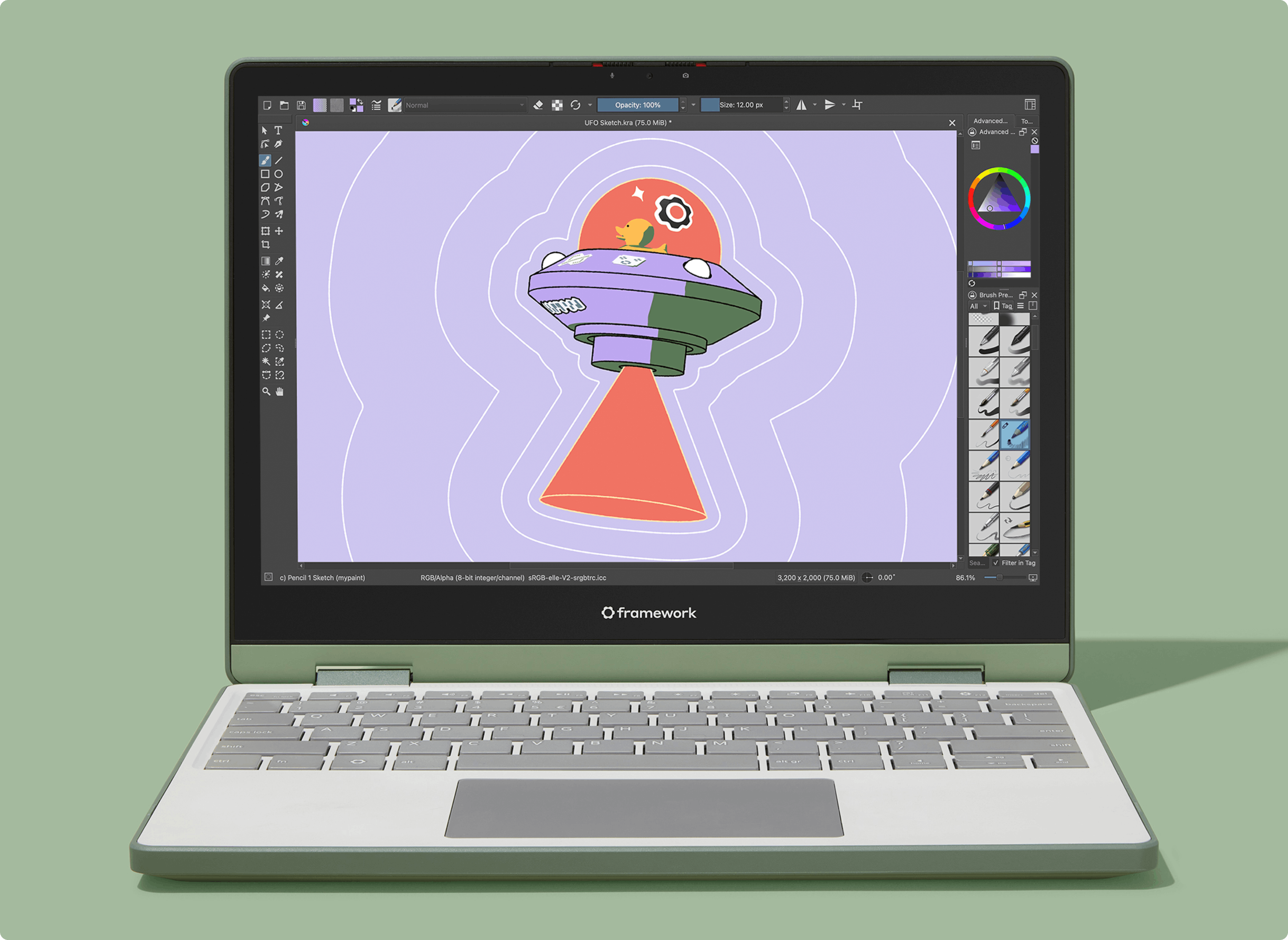The Geography and Map Division holds a variety of printed globe gores in a variety of sizes and configurations ranging from some of the earliest examples in the 16th century to more modern examples in the 20th century. Globe gores are strips of paper containing printed maps in the sizes and shapes needed for globe construction. The maps can be either terrestrial (showing the earth) or celestial (showing the heavens) and the gores are typically football shaped. The gores can be thought of as pre-assembled building blocks for a globe of a particular size which a globe-maker can quickly utilize to construct a globe without having to spend the time constructing the maps. The printed gores would be cut out of the printed sheet(s) and pasted onto a sphere of appropriate size to construct a globe.
As far back as the third century B.C. written records about globe construction by the ancient Greeks show knowledge of a round earth. Greek grammarian and stoic philosopher Cratus of Mallus (ancient city in current day Türkiye) is known for constructing the earliest known globe of the earth around 150 B.C. The 1492 Erdapfel by 15th century German polymath Martin Behaim is the oldest surviving terrestrial globe, which was manually constructed from painted on globe gores and later inscribed with over 2,000 place names by a team of artists and scribes. Another German cartographer by the name of Martin Waldseemüller created what are thought to be the first set of printed globe gores in 1507. Coincidentally, this globe gore map along with his wall map also created in 1507 were also where the name America first appears on a map. Below is an 1879 facsimile of the Waldseemüller globe gores.
 Section from: Waldseemüller, Martin, Erster gedruckter Globus, Martin Hylacomylus (Waltzemüller), 1879, Geography and Map Division.
Section from: Waldseemüller, Martin, Erster gedruckter Globus, Martin Hylacomylus (Waltzemüller), 1879, Geography and Map Division.The cleric and printer Johann Schöner was another German who played an important role in the history of globe gores. He was the first to bring printed terrestrial and celestial globes together as a matched pair starting in 1515. Below is an example of celestial globe gores by Schöner from 1517.
 Schöner, Johann, [Celestial globe gores], 1517, Geography and Map Division.
Schöner, Johann, [Celestial globe gores], 1517, Geography and Map Division.
Another Flemish cartographer and engraver by the name of Jodocus Hondius was a contemporary of Mercator. He purchased Mercator’s Atlas map plates in 1604 and republished and sold a prolific number of updated copies.
 Hondius, Jodocus, [Terrestrial globe gores], 1615, Geography and Map Division.
Hondius, Jodocus, [Terrestrial globe gores], 1615, Geography and Map Division.
My favorite globe gore maker is 17th century Venetian friar, cartographer and cosmographer Vincenzo Maria Coronelli. He was famous for making at the time the largest pair of terrestrial and celestial globes in 1684 for the King of France, Louis XIV which were each 12 feet 7 inches in diameter. After spending two years in Paris building these globes, he returned to Venice and founded the Accademia Cosmografica degli Argonauti where he decided to reproduce the globes at a reduced three-and-a-half-foot diameter scale as printed globe gores. The Geography and Map Division has a copy of the terrestrial three-and-a-half-foot globe gores (24 gores plus 2 polar calottes) cut and mounted flat daisy style in two frames with northern and southern hemisphere sections.
 Photo by author. Coronelli, Vincenzo, [Three-and-a-half-foot Globe Gores, Northern Hemisphere], 1688, Geography and Map Division.
Photo by author. Coronelli, Vincenzo, [Three-and-a-half-foot Globe Gores, Northern Hemisphere], 1688, Geography and Map Division. Photo by author. Coronelli, Vincenzo, [Three-and-a-half-foot Globe Gores, Southern Hemisphere], 1688, Geography and Map Division.
Photo by author. Coronelli, Vincenzo, [Three-and-a-half-foot Globe Gores, Southern Hemisphere], 1688, Geography and Map Division.
 Photo by author. Section from: Coronelli, Vincenzo, [Three-and-a-half-foot Globe Gores, Northern Hemisphere], 1688, Geography and Map Division.
Photo by author. Section from: Coronelli, Vincenzo, [Three-and-a-half-foot Globe Gores, Northern Hemisphere], 1688, Geography and Map Division.
 Photo by author. George F. Cram Company, 16 inch/40 cm physical-political globe, 1994, Geography and Map Division.
Photo by author. George F. Cram Company, 16 inch/40 cm physical-political globe, 1994, Geography and Map Division.Below is another example of an analemma on Rand McNally set of globe gores from 1887 in an oval shape not only showing sun declination, but the position of the zodiac for every day of the year.
 Rand McNally and Company, Rand McNally & Co.’s new twelve inch terrestrial globe [gores], 1887, Geography and Map Division.
Rand McNally and Company, Rand McNally & Co.’s new twelve inch terrestrial globe [gores], 1887, Geography and Map Division.
 United States. Office of Strategic Services, [50ʺ military globe gores], c. 1942, Geography and Map Division.
United States. Office of Strategic Services, [50ʺ military globe gores], c. 1942, Geography and Map Division.
 Photo by author. Eimmart, Georg Christoph, Cum geographica orbis terrarum & Loca stellarum coelesti…, 1705, Geography and Map Division.
Photo by author. Eimmart, Georg Christoph, Cum geographica orbis terrarum & Loca stellarum coelesti…, 1705, Geography and Map Division.








 English (US) ·
English (US) ·